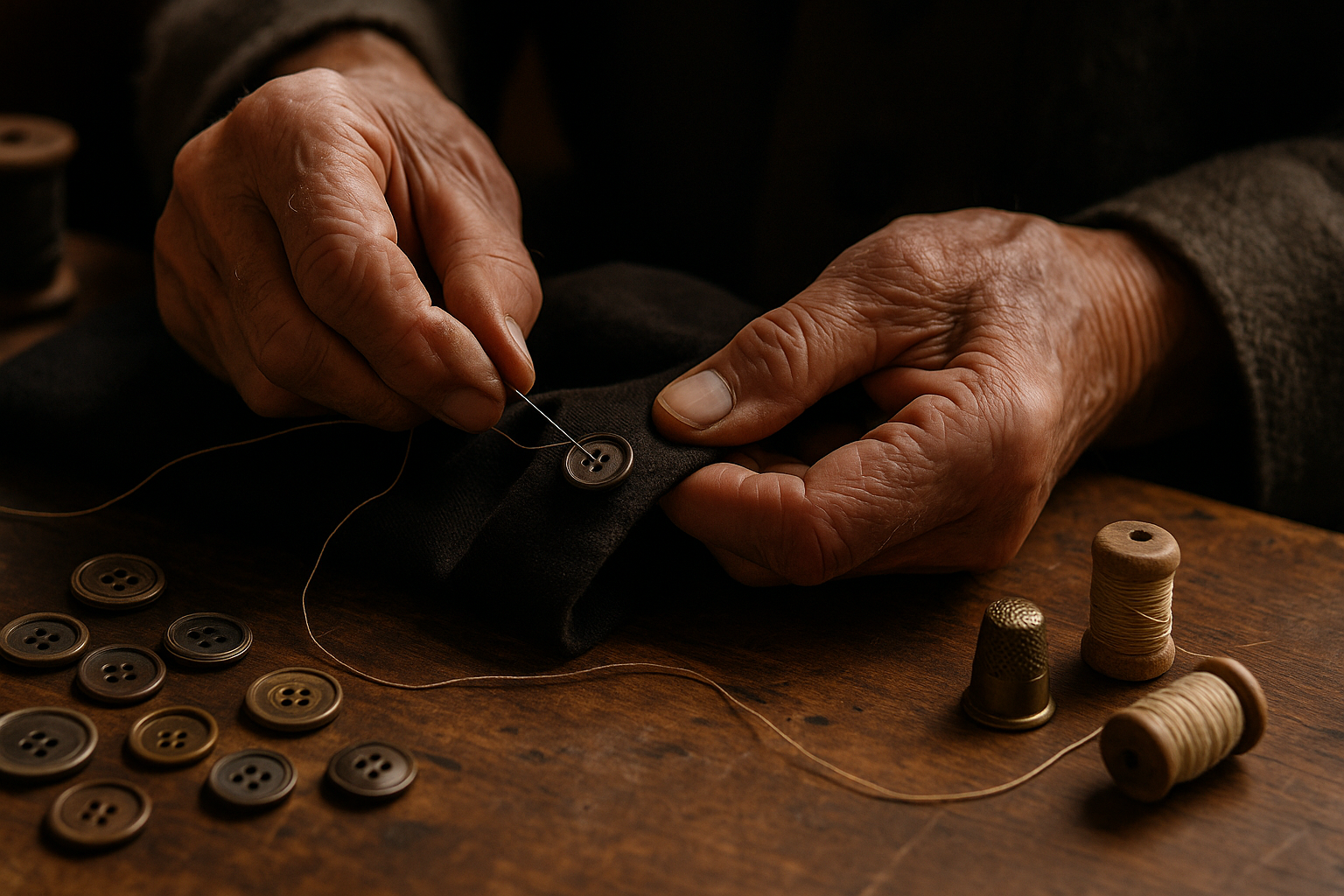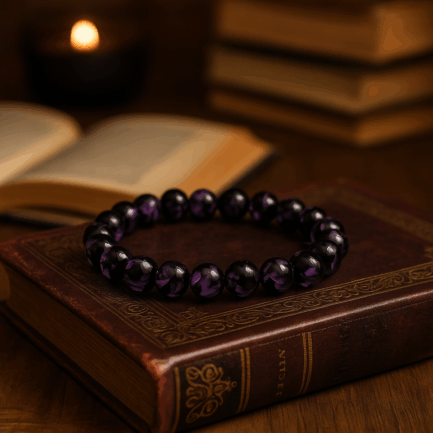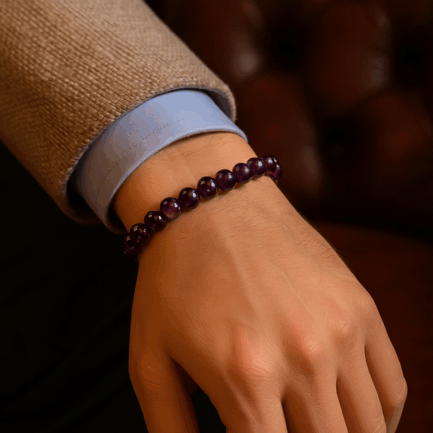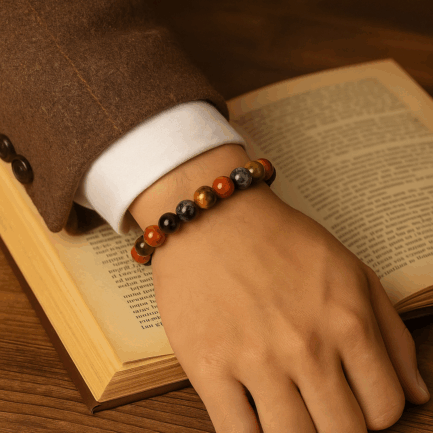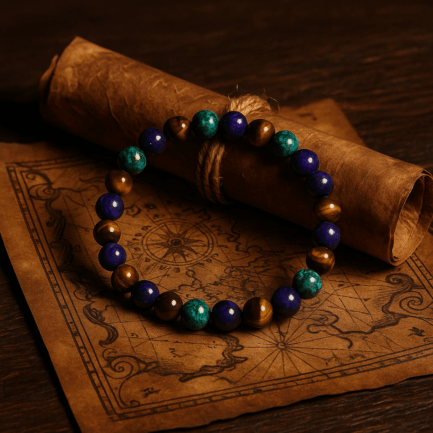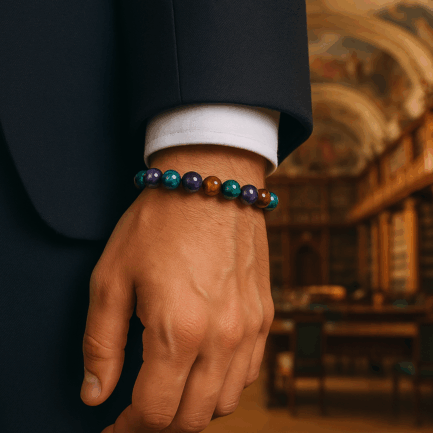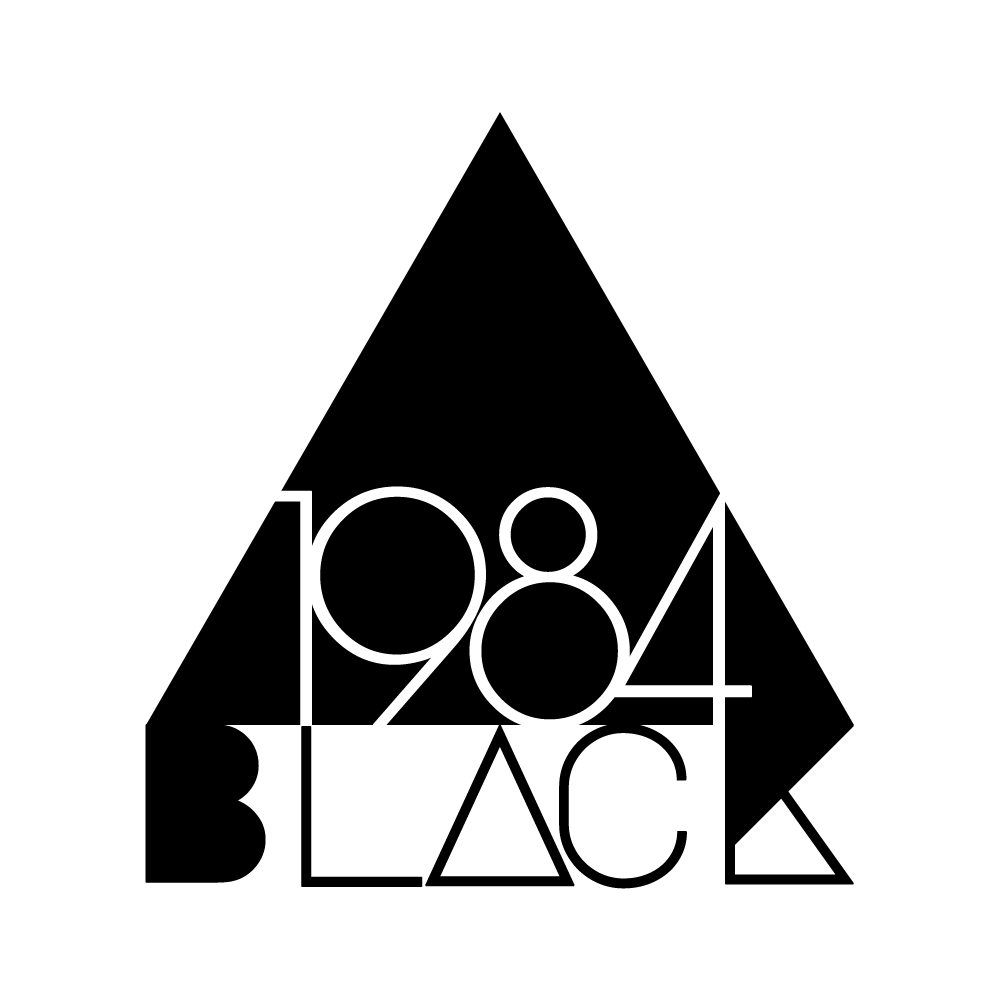Before thread met needle, there were knots, pins, and clasps. But the button, a disc with intention, offered something subtler: silent structure. More than fastener, it was a final word. To button is to declare something closed, aligned, finished.
On robes and tunics, cloaks and cuffs, buttons anchored not just fabric, but form. They created order. And order, once visible, creates power.
To fasten a button is to participate in structure.
To leave it undone is to resist it.
Uniforms of Power
In military dress, buttons march down the chest like declarations. Polished, mirrored, numbered, they signal not just allegiance, but control. Each button fastened is a gesture of discipline, of submission to rank, of belonging to a higher chain.
From Napoleonic jackets to ceremonial guards, buttons are hierarchy made wearable. The more buttons, the more rules. The more rules, the more structure. And in structure, safety or suppression.
Even their placement tells a story. Double-breasted coats, epaulette closures, buttons running up the sleeve, each element an echo of battlefield necessity or parade-ground display.
But it isn’t just soldiers. In factories, monastic orders, or boarding schools, the button becomes a quiet equalizer. Everyone closes the same seams. Everyone is held together in the same way. One button skipped, and you are out of line.
Uniformity is rarely neutral. The button enforces it.
Suits and Structures
In tailored suits, buttons draw lines. Lapels fold. Waistlines define. A single button changes posture, alters perception. Buttoned up, one appears ready. Unbuttoned, casual. Undone entirely, exposed.
Corporate culture taught us this choreography. The two-button rule. The top button only. Leave the bottom one free. Each rule a ritual, not of fashion, but of participation. To button up is to enter the architecture of convention.
Buttons, in this context, are silent contracts. They say: I understand the code. I follow it. I belong here.
And yet, sometimes, rebellion is just… unbuttoning.
Letting the collar breathe. Exposing the layer beneath. Denying the structure, stitch by stitch.
A single undone button can be louder than speech.
Ritual and Repetition
Religious garments understand this too. Monks, priests, imams, their buttons are part of the rite. Fastening each one is an act of presence. A moment of preparation. Closure, not just of fabric, but of mind.
Some traditions teach that each button sealed is a prayer. That the body, when enclosed, becomes a vessel.
In Japanese Buddhism, the rakusu, a garment worn over robes, is held together by a humble button. But it must be tied, closed, and opened with deliberate reverence. It is not fashion. It is vow.
The button, then, becomes more than mechanical. It is spiritual punctuation. It marks the moment when the outside world is shut out, and the inner world begins.
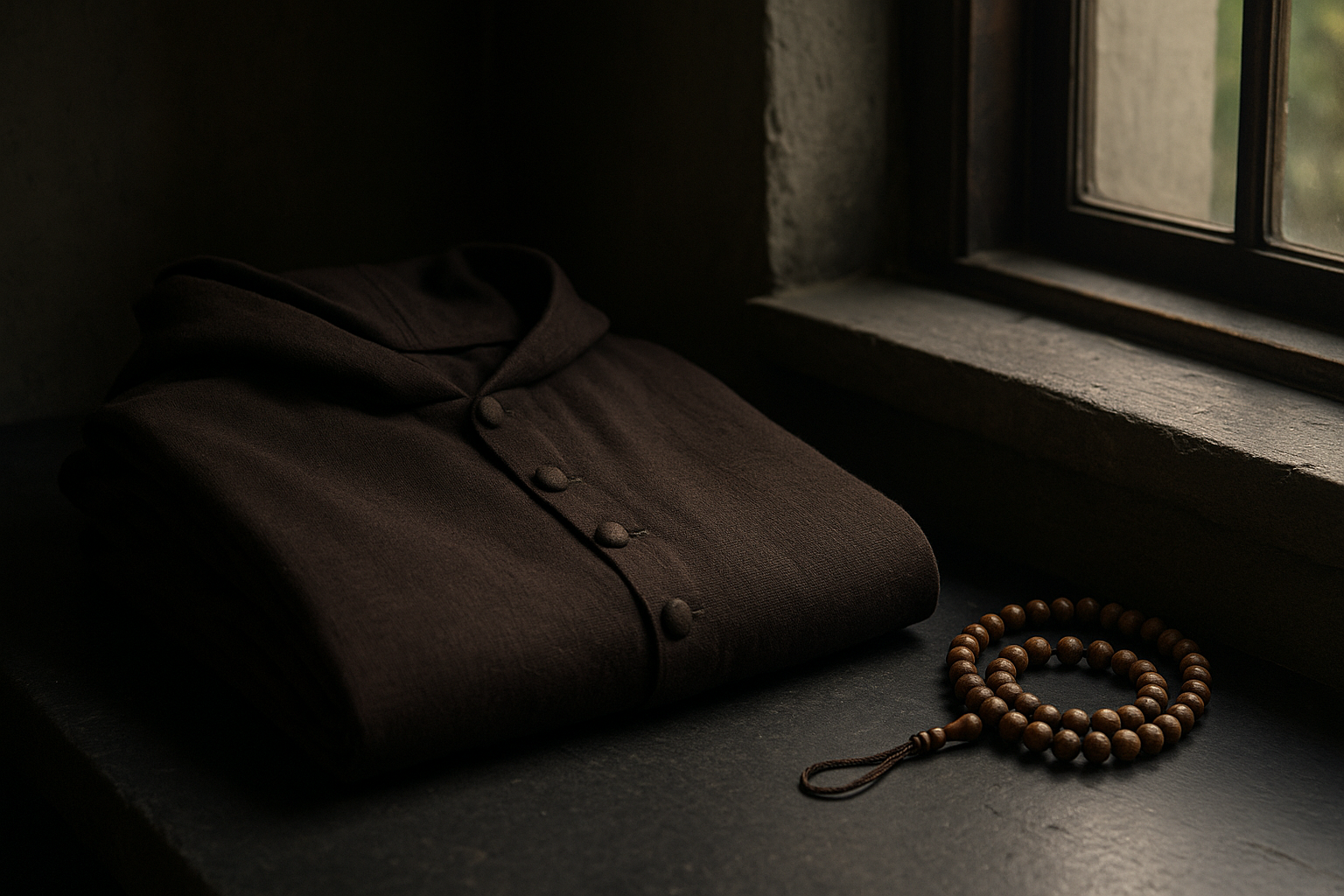
Hidden Buttons, Hidden Borders
There are buttons never meant to be seen. Concealed inside coats, tucked behind brocade, placed where fingers, not eyes, go. These are boundaries known only to the wearer. The button becomes a secret: a choice to close what others may not know is open.
Corsets, waistcoats, surcoats, their closures are often intimate. Not for display, but for ritual, for safety, or for strategy.
Think of spies with hollow-button compartments. Smugglers with garments stitched in layers. Or the lover unbuttoning slowly, each pop of thread a private disclosure.
In each case, the button is no longer about the garment, but the person within.
The Psychology of Fastening
Why do we button at all?
Maybe it’s instinct. To create edges where there were none. To draw the line between inside and outside, self and other. Or maybe it’s deeper; the need for closure, literal and figurative.
We button our coats before facing the cold. We button our collars before interviews, weddings, funerals. The act prepares us. It seals us. It signals that we are ready, even when we’re not.
Unbuttoning, by contrast, is intimacy. Vulnerability. A slow unraveling of form. A declaration that we are safe, or that we no longer care to hide.
Some buttons are fastened in fear. Others in pride.
Some undone in desire. Others in defiance.
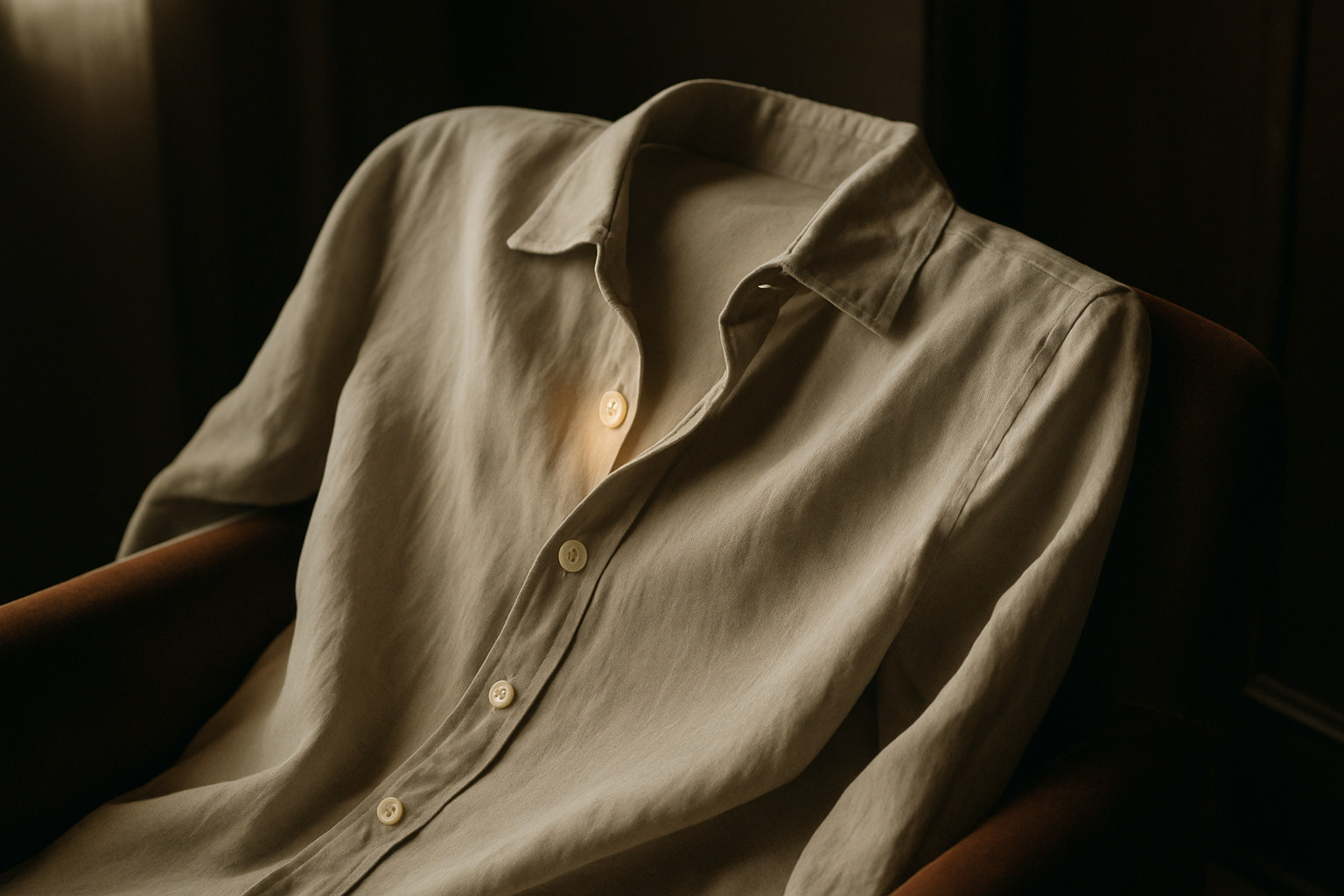
The Last Button
We rarely think of the final button; the one at the bottom of the coat, the top of the collar, the back of the neck. Yet the last button is where commitment lives. Fasten it, and you are sealed in. Leave it undone, and you signal pause, uncertainty, or quiet rebellion.
Mourning coats once buttoned high, pressing grief into the throat. Dandyism once unbuttoned sleeves and collars, reclaiming control through flourish.
To button, or not, is always a message. The question is: to whom?
Closing Reflection
Buttons are everywhere; ordinary, overlooked. Yet each one is a point of choice: to close or reveal, to conform or resist. They hold more than fabric. They hold decisions.
So the next time your fingers trace down a row of buttons, pause. What are you sealing? What are you shielding? What command are you following, or giving, with each click into place?
Sometimes the button is just a closure.
Other times, it’s the quietest form of control.

